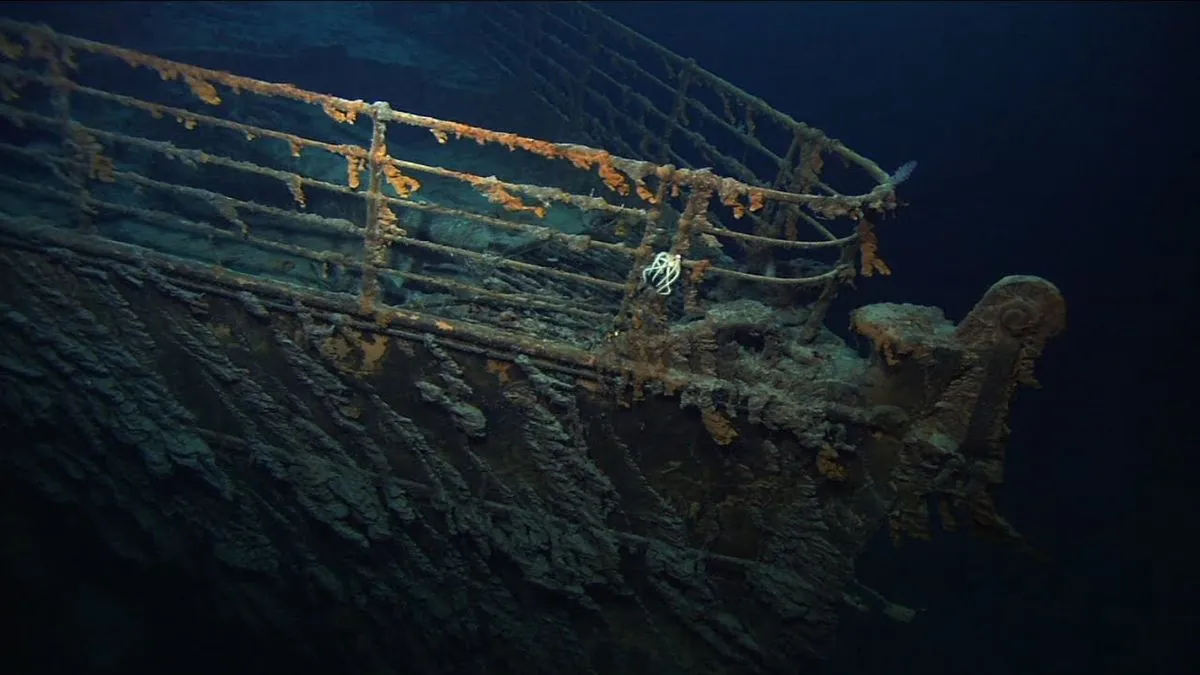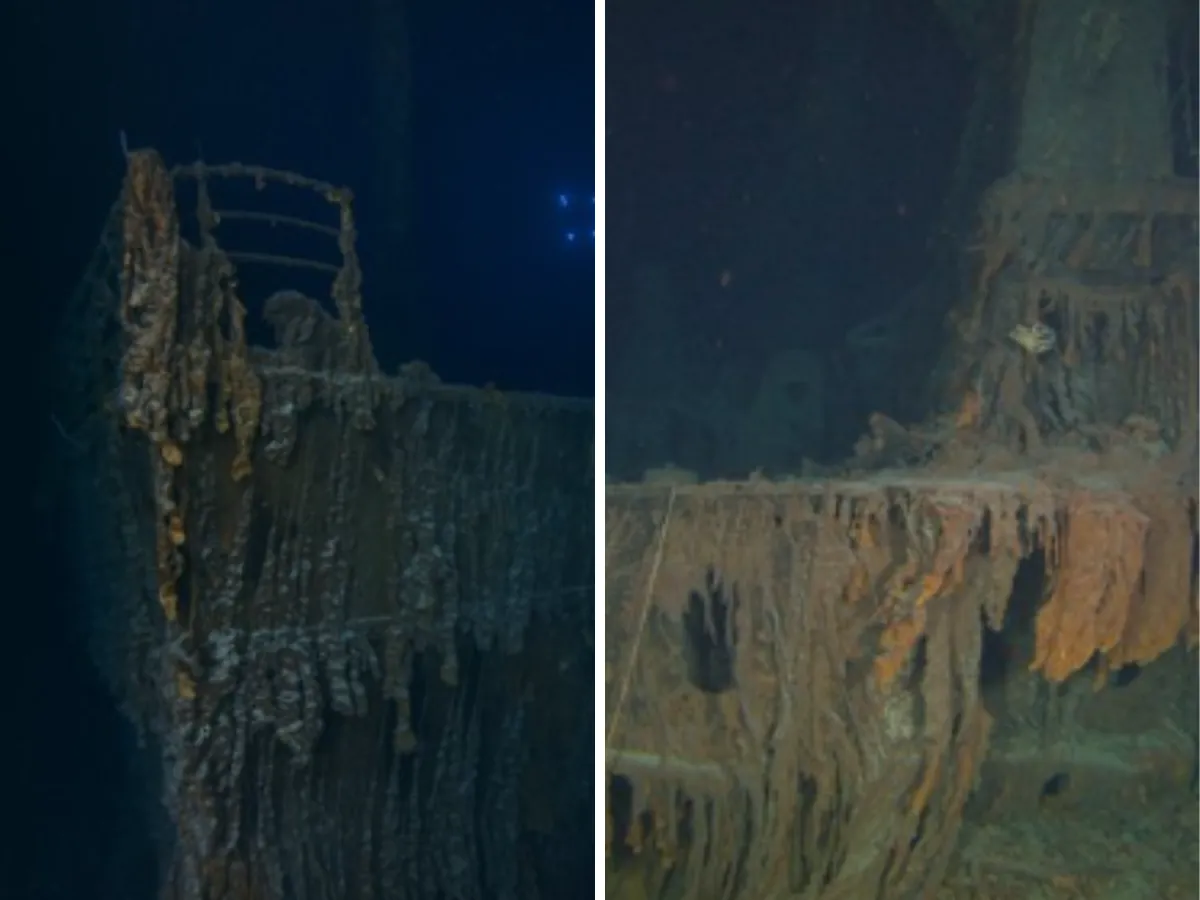Titanic Expedition Unveils Lost Statue, Reveals Ongoing Decay
RMS Titanic Inc.'s recent expedition rediscovers a long-lost bronze statue and documents changes to the wreck. The mission, conducted in the wake of the Titan submersible tragedy, aims to preserve the Titanic's legacy.

RMS Titanic Inc., the Georgia-based company holding salvage rights to the Titanic wreck, has completed its first expedition to the site in 14 years. The mission, conducted in the summer of 2024, has yielded significant findings that highlight both preservation and decay of the 112-year-old wreck.
One of the expedition's most notable discoveries was the rediscovery of the "Diana of Versaille" statue, unseen for 38 years. This bronze artifact, likely a replica of the ancient Greek sculpture, was last observed in 1986, shortly after the wreck's initial discovery in 1985. The statue's reemergence provides a rare glimpse into the Titanic's opulent past and the artifacts that have survived the test of time and harsh underwater conditions.

However, the expedition also revealed signs of ongoing deterioration. A significant section of the railing surrounding the ship's bow forecastle deck, which was still intact as recently as 2022, has now fallen. This loss underscores the continuous decay process affecting the wreck, which lies at a depth of about 12,500 feet (3,800 meters) in the North Atlantic Ocean.
The 20-day mission, which concluded on August 9, 2024, captured over two million high-resolution images of the site. These images, along with comprehensive mapping data of the wreck and its debris field, will provide valuable information for scientific research and future preservation efforts.
Tomasina Ray, director of collections for RMS Titanic Inc., expressed mixed emotions about the findings:
"The discovery of the statue of Diana was an exciting moment. But we are saddened by the loss of the iconic Bow railing and other evidence of decay which has only strengthened our commitment to preserving Titanic's legacy."
This expedition took place in the shadow of the Titan submersible disaster in June 2023, which claimed the lives of five people, including Paul-Henri Nargeolet, the director of underwater research for RMS Titanic Inc. The tragedy has intensified discussions about the risks and ethics of deep-sea exploration and salvage operations.
The Titanic's sinking in 1912 led to significant improvements in maritime safety regulations. Today, the wreck site serves as both a memorial and a subject of scientific study. Designated as a UNESCO underwater cultural heritage site in 2012, the Titanic continues to captivate public interest through films, documentaries, and museum exhibitions featuring recovered artifacts.
As the U.S. Coast Guard prepares for a public hearing on the Titan submersible disaster in September 2024, and with an ongoing wrongful death lawsuit filed by Nargeolet's family against OceanGate, the operator of the Titan, this recent expedition underscores the complex interplay of historical preservation, scientific research, and the risks associated with deep-sea exploration.


































